Learning the Basics of Forex Trading: A Comprehensive Guide
Forex trading, also known as foreign exchange trading, involves buying and selling currencies to profit from fluctuations in exchange rates. As the largest financial market in the world, Forex offers numerous opportunities for traders. This guide will help you understand the basics of Forex trading and how to get started.
What is Forex Trading?
Forex trading is the process of exchanging one currency for another. The Forex market operates 24 hours a day, five days a week, and is decentralized, meaning there is no central exchange. Instead, trading is conducted electronically over-the-counter (OTC) through a network of banks, brokers, and financial institutions.
Key Concepts in Forex Trading
- Currency Pairs
- Currencies are traded in pairs, such as EUR/USD (Euro/US Dollar) or GBP/JPY (British Pound/Japanese Yen). The first currency in the pair is the base currency, and the second is the quote currency. The exchange rate indicates how much of the quote currency is needed to buy one unit of the base currency.
- Pips
- A pip (percentage in point) is the smallest price move in a currency pair. For most pairs, a pip is 0.0001. For example, if the EUR/USD moves from 1.1000 to 1.1001, it has moved one pip.
- Lots
- Forex is traded in lots, which are standardized units of currency. A standard lot is 100,000 units of the base currency, a mini lot is 10,000 units, and a micro lot is 1,000 units.
- Leverage
- Leverage allows traders to control a large position with a small amount of capital. For example, with 100:1 leverage, you can control $100,000 with just $1,000. While leverage can amplify profits, it also increases the risk of significant losses.
- Bid and Ask Prices
- The bid price is the price at which the market is willing to buy a currency pair, while the ask price is the price at which the market is willing to sell. The difference between the bid and ask prices is known as the spread.
Getting Started with Forex Trading
- Choose a Reliable Broker
- Selecting a reputable Forex broker is crucial. Look for brokers regulated by reputable financial authorities such as the Financial Conduct Authority (FCA), Australian Securities and Investments Commission (ASIC), or Cyprus Securities and Exchange Commission (CySEC). Check reviews and testimonials from other traders to ensure the broker’s reliability.
- Open a Trading Account
- Once you’ve chosen a broker, you’ll need to open a trading account. Most brokers offer different types of accounts, such as demo accounts for practice and live accounts for real trading. Start with a demo account to familiarize yourself with the trading platform and practice your strategies without risking real money.
- Learn to Use the Trading Platform
- Familiarize yourself with the broker’s trading platform. Most brokers offer platforms like MetaTrader 4 (MT4) or MetaTrader 5 (MT5), which provide tools for charting, analysis, and executing trades. Take the time to explore the platform’s features and practice placing trades.
- Develop a Trading Strategy
- A trading strategy is a set of rules that guide your trading decisions. It should include criteria for entering and exiting trades, risk management techniques, and guidelines for managing your trading capital. Common strategies include trend following, range trading, and breakout trading.
- Practice Risk Management
- Risk management is crucial in Forex trading. Use stop-loss orders to limit potential losses and take-profit orders to lock in profits. Never risk more than a small percentage of your trading capital on a single trade, and always be prepared for the possibility of losing trades.
How to Identify Approved Forex Brokers and Avoid Scams
- Risk management is crucial in Forex trading. Use stop-loss orders to limit potential losses and take-profit orders to lock in profits. Never risk more than a small percentage of your trading capital on a single trade, and always be prepared for the possibility of losing trades.
Fundamental and Technical Analysis
- Fundamental Analysis
- Fundamental analysis involves evaluating economic indicators, such as interest rates, inflation, and employment data, to predict currency movements. News events and geopolitical developments can also impact currency prices. Stay informed about global economic trends and news that may affect the Forex market.
- Technical Analysis
- Technical analysis involves analyzing price charts and using technical indicators to identify patterns and trends. Common tools include moving averages, relative strength index (RSI), and Fibonacci retracements. Technical analysis helps traders make informed decisions based on historical price data.
Common Forex Trading Mistakes to Avoid
- Overtrading
- Overtrading occurs when traders make too many trades in a short period, often driven by emotions rather than strategy. Stick to your trading plan and avoid impulsive decisions.
- Ignoring Risk Management
- Failing to implement proper risk management can lead to significant losses. Always use stop-loss orders and never risk more than you can afford to lose.
- Chasing Losses
- Trying to recover losses by making larger trades can lead to even bigger losses. Accept that losses are part of trading and stick to your strategy.
- Lack of Education
- Forex trading requires continuous learning. Stay updated with market trends, read educational materials, and consider taking courses to improve your trading skills.
Conclusion
Forex trading offers exciting opportunities for profit, but it also comes with risks. By understanding the basics, choosing a reliable broker, developing a solid trading strategy, and practicing risk management, you can increase your chances of success. Remember, continuous learning and discipline are key to becoming a successful Forex trader.



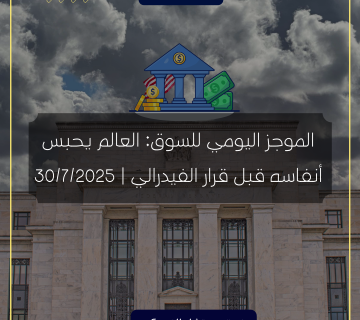

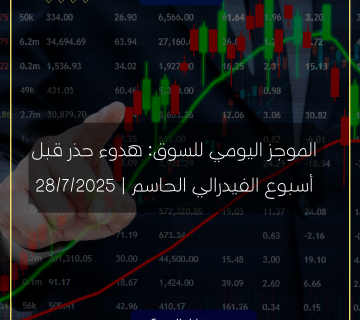
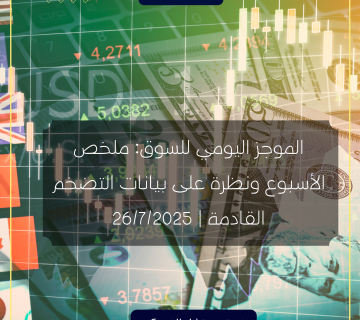
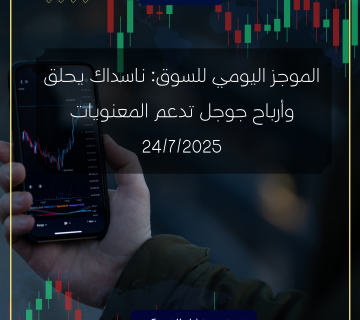


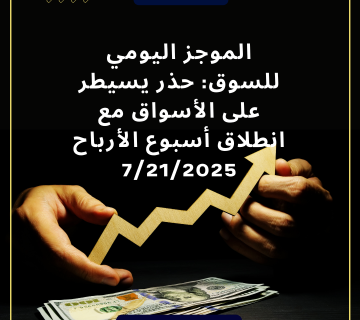
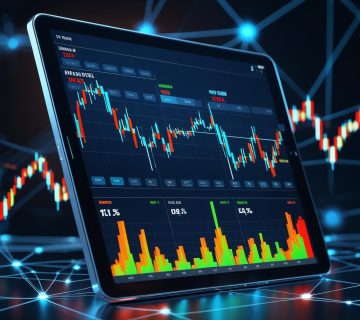

![Market Insights Today: Key Trends & What to Watch [July 17, 2025]](https://fxadv.com/wp-content/uploads/2025/07/licensed-image-360x320.jpg)
